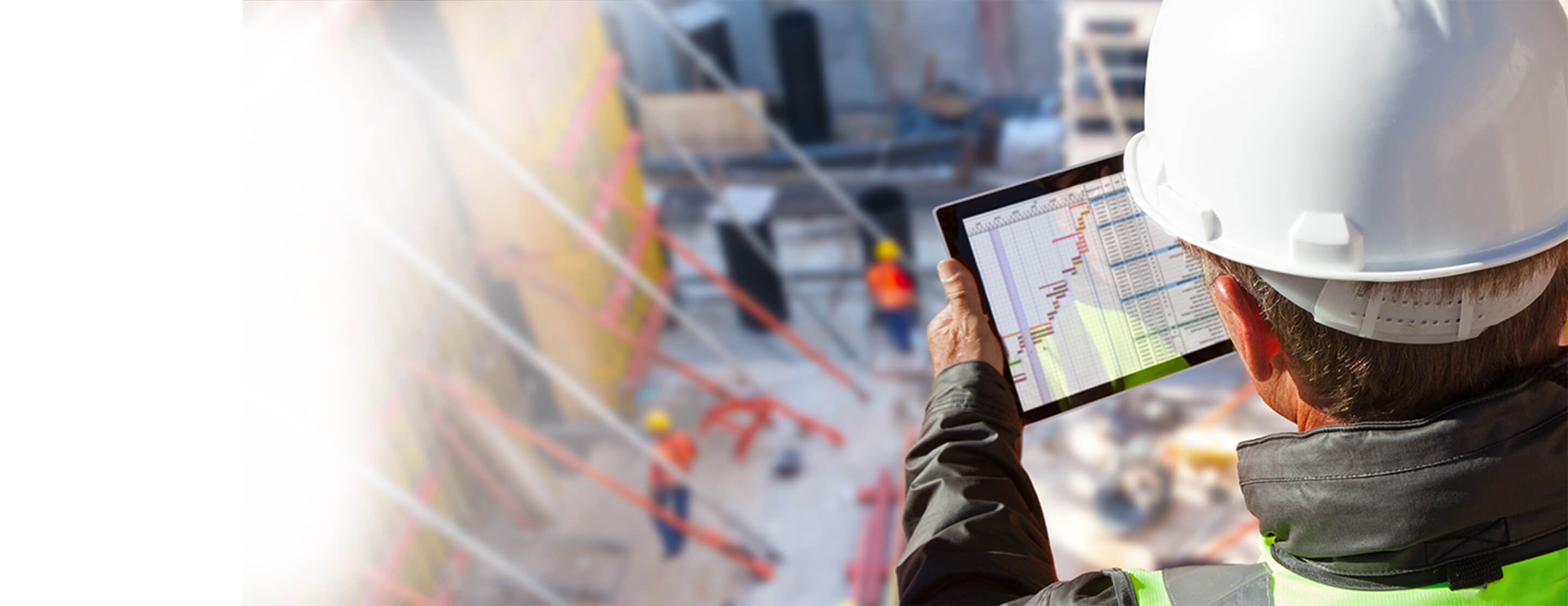Trimble Announces FedRAMP Authorized Status for e-Builder Enterprise Government Edition
The e-Builder Enterprise Government Edition affords U.S. federal, state and local agencies a FedRAMP-compliant construction management solution to support digital project delivery for CIPs and STIPs.
Read Article




















